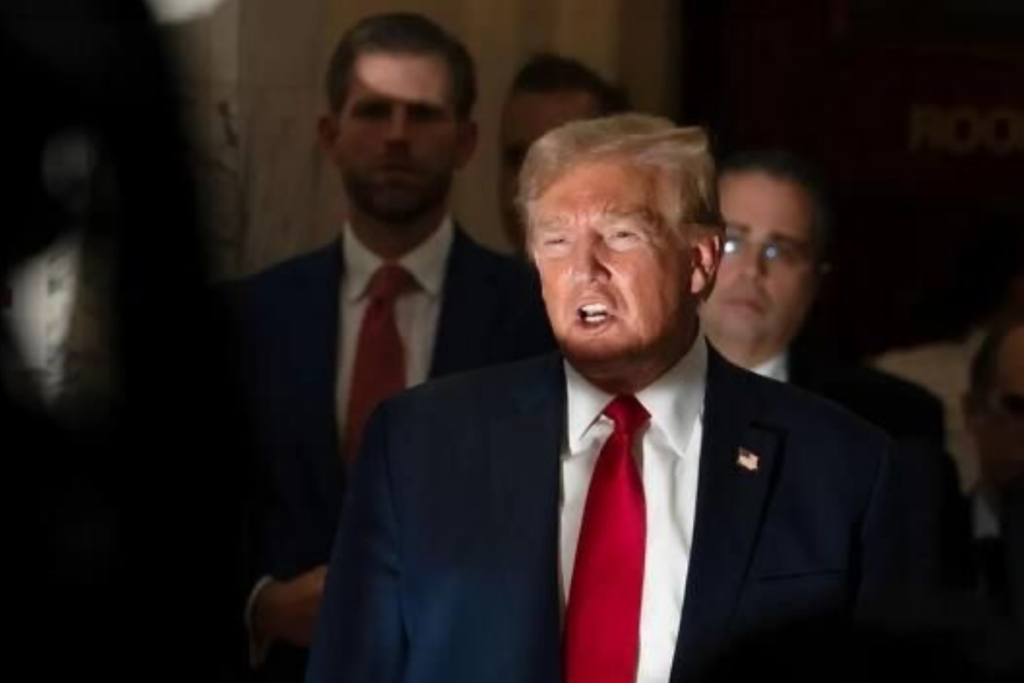Since the establishment of modern contribution limits in 1972, campaign donor refunds have been customary in political finances. However, more than 50 years later, Donald Trump’s political operation appears to have found a loophole. The campaign only reported a single individual refund of $400 throughout the entirety of last year.
FEC’s Revelation
As of November 2022, Federal Election Commission(FEC) filings revealed that the Trump campaign has only refunded $1,400. This amount is a remarkably small sum for a leading presidential campaign. By comparison, President Joe Biden’s campaign reimbursed supporters approximately $360,000 last year. This amount was followed by an additional $222,000 last month.
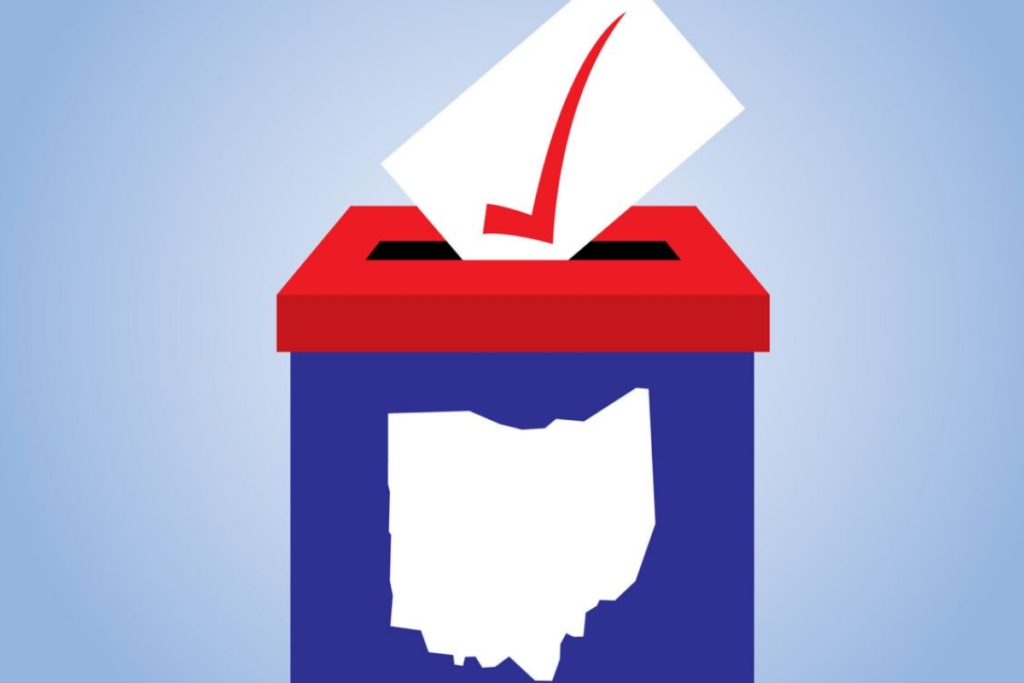
Source: TheMessenger/Pinterest
In 2019, the year before the last presidential election, the Trump campaign returned over $900,000 to donors. In the following year, they accumulated more than $11 million in refunds.
Donald Trump Faces Deepening Financial Woes
Presently, refunds from the Trump campaign are practically non-existent. This suggests the potential for the former president’s campaign to push the boundaries of campaign finance regulations once again to strengthen his financial reserves and public perception of his political influence.
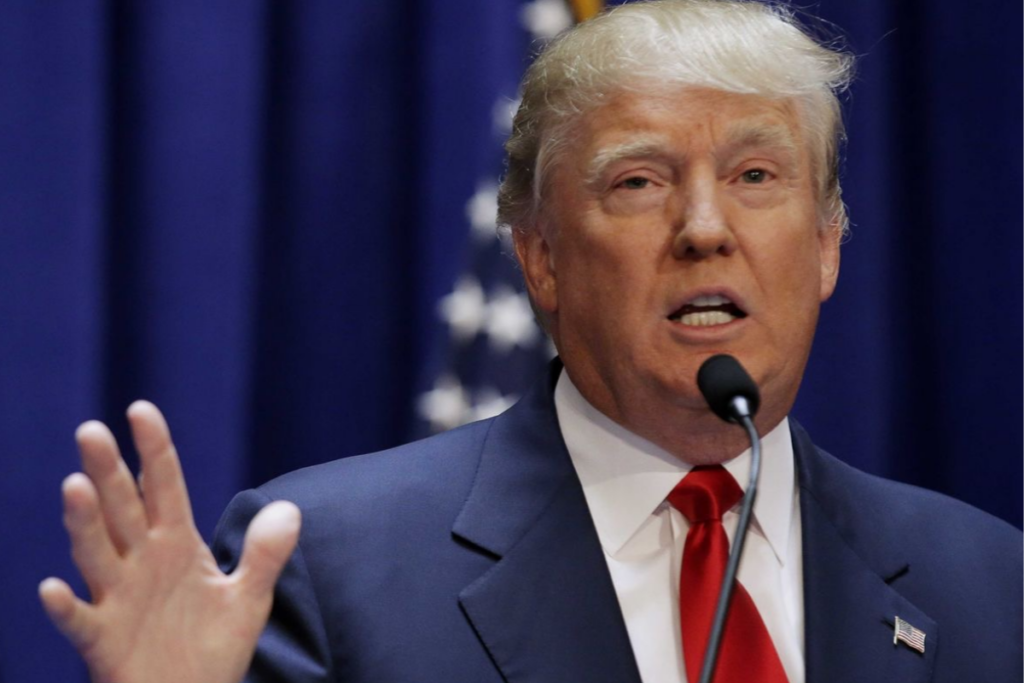
Source: BusinessInsider/Pinterest
On paper, it is unlikely for Trump to receive such a high refund rate. Also, his campaign hasn’t addressed this issue of overpayments. There’s evidence that many of his donors are surpassing donation limits. This evidence is indicated by the notices sent by FEC to his campaign after each 2023 filing.
How Has the Trump Campaign Managed to Eliminate These Refunds?
This inquiry comes at a critical political period, with media reports criticizing the Trump operation for its excessive spending amid a concerning fundraising forecast.
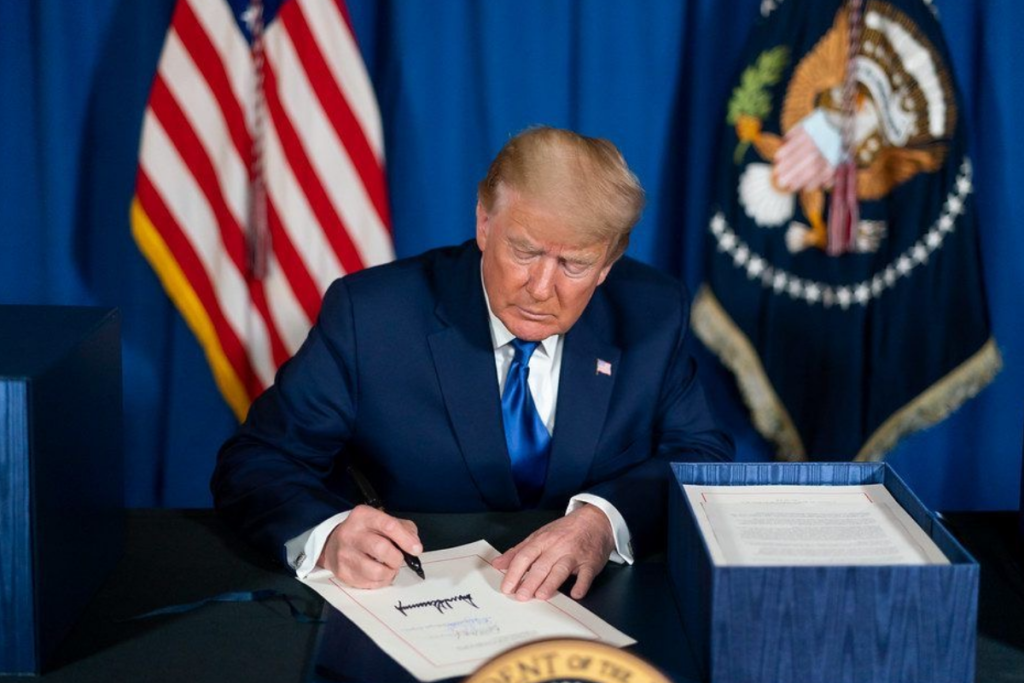
Source: NationWorldNews/Pinterest
The Trump campaign declined to provide answers to The Daily Beast regarding the excessive donations flagged by the FEC. However, insights can be obtained from the campaign’s responses to the FEC notices. In these responses, Trump campaign treasurer Bradley Crate acknowledges the excessive donations. He mentioned that the funds have been “returned” to an affiliated committee.
Trump Save America
According to Crate, this action will be reflected in a subsequent campaign report. Crate’s response suggests that the Trump campaign is redirecting the excessive amounts to other political accounts, potentially raising additional concerns.

Source: vptan/Pinterest
However, Crate’s explanation appears questionable, at least for the time being.
Based on FEC records, the 2024 Trump campaign hasn’t reported sending any funds to its associated joint fundraising committee (JFC), “Trump Save America.” Also, the committee’s refund rate seems very low.
Low Donation Refunds
They refunded only $150,000 out of the $129 million raised. In contrast, Haley’s joint fundraising committee refunded about $115,000 while raising $20 million. Trump’s JFC returned $42,000 in 2022 and just $2,500 the year before.

Source: TheWallStreetJournal/Pinterest
It seems like the Trump campaign and associated political entities have been spending a significant amount of money on operating expenses and fundraising efforts. The high burn rate and low cash reserves, especially compared to Biden’s fundraising efforts, indicate financial challenges.
Trump’s Campaign Management and Oversight
Additionally, the low refund rate for Trump’s “Save America” PAC suggests issues with financial management and oversight, as some refunds stemmed from old errors. In contrast, Biden’s campaign appears to have been more financially efficient and successful in fundraising efforts.

Source: RealAmericanNews/Pinterest
The Trump, Biden, and Nikki Haley campaigns each have Joint Fundraising Committees (JFCs). The Biden and Haley campaigns support committees with broader political goals.
Channeling Campaign Funds
Meanwhile, Trump Save America channels donations solely to his campaign and his Save America leadership PAC. This means 90 percent of each contribution goes to the campaign and 10 percent to Save America.
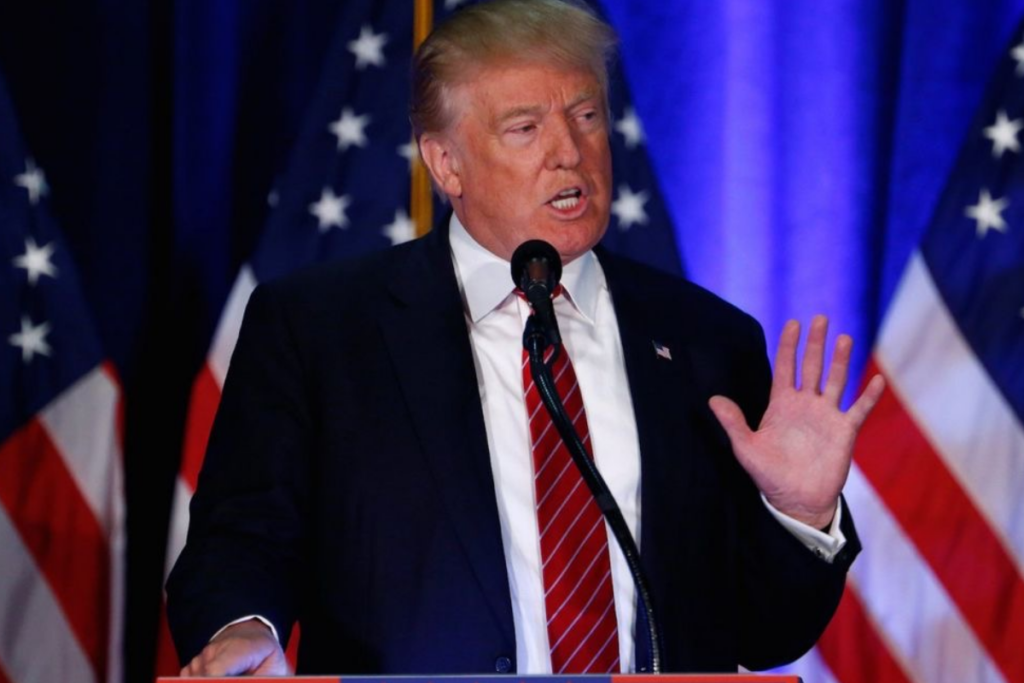
Source: ES/Pinterest
These committees solely rely on the JFC for fundraising efforts. Typically, if a donor exceeds the donation limit to a campaign, the excess amount is refunded and reported in FEC filings later.
Vanishing Donations
However, with the Trump campaign’s joint committee, excess donations seem to vanish from original filings and reappear as new donations in amended reports. Despite the obvious intricacy of this process, the bottom line totals remain unchanged. All these suggest a substitution of refunds with new donations behind the scenes. In essence, the financial outcome remains consistent.
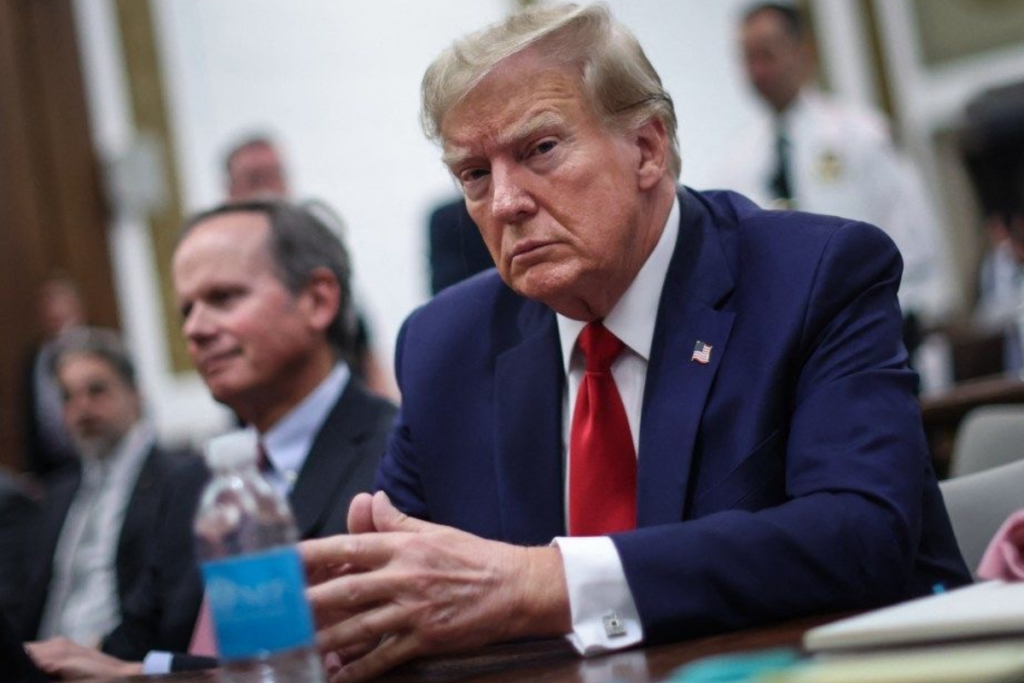
Source: TheUSSun/Pinterest
This is not the first time a situation like this has been linked to Trump. The first known instance of an illegal foreign contribution to the Trump campaign was uncovered in 2020.
The Illegal Foreign Contribution
The contribution came from a Turkish national who later became a MAGAworld influencer. The donation was routed to the campaign through the JFC at the time, named “Trump Victory.” After the report, Trump Victory promptly refunded the illicit donation.
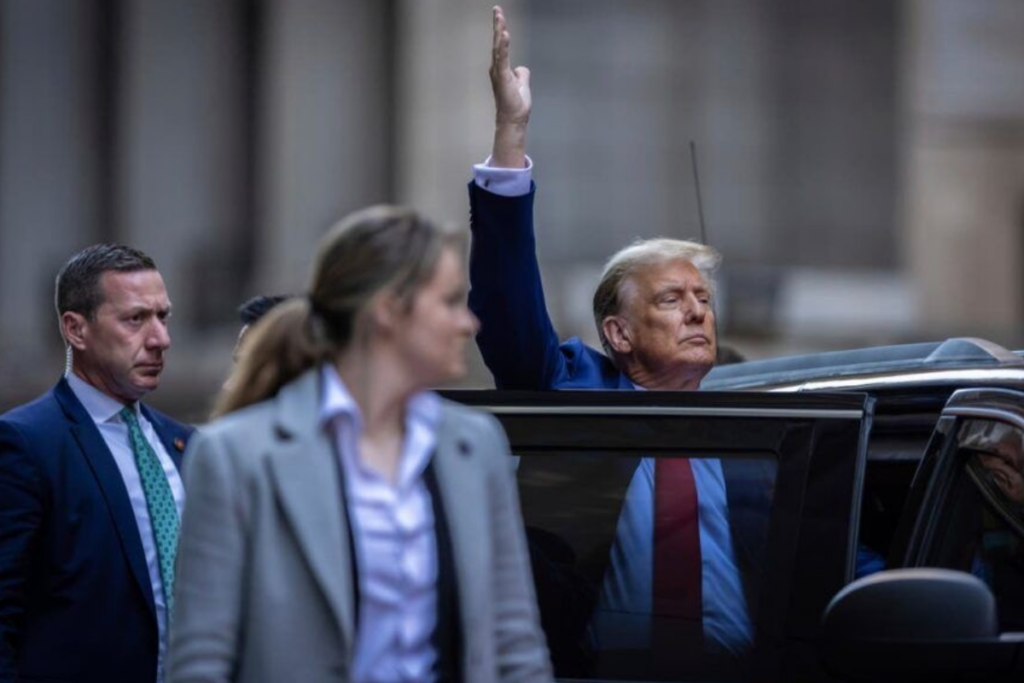
Source: AndroidFinal/Pinterest
However, the campaign retained the funds, failing to return them to Trump Victory despite extended inquiries. The refunded amount was deducted from other contributions to Trump Victory. Notably, this action seems to demand some level of misrepresentation to the FEC, if not outright falsehood.
Trump Campaign Donation Falsehood
This misrepresentation or falsehood is particularly evident in the treasurer’s statements claiming the campaign had “returned” the money, whereas the reports indicate no such transactions.
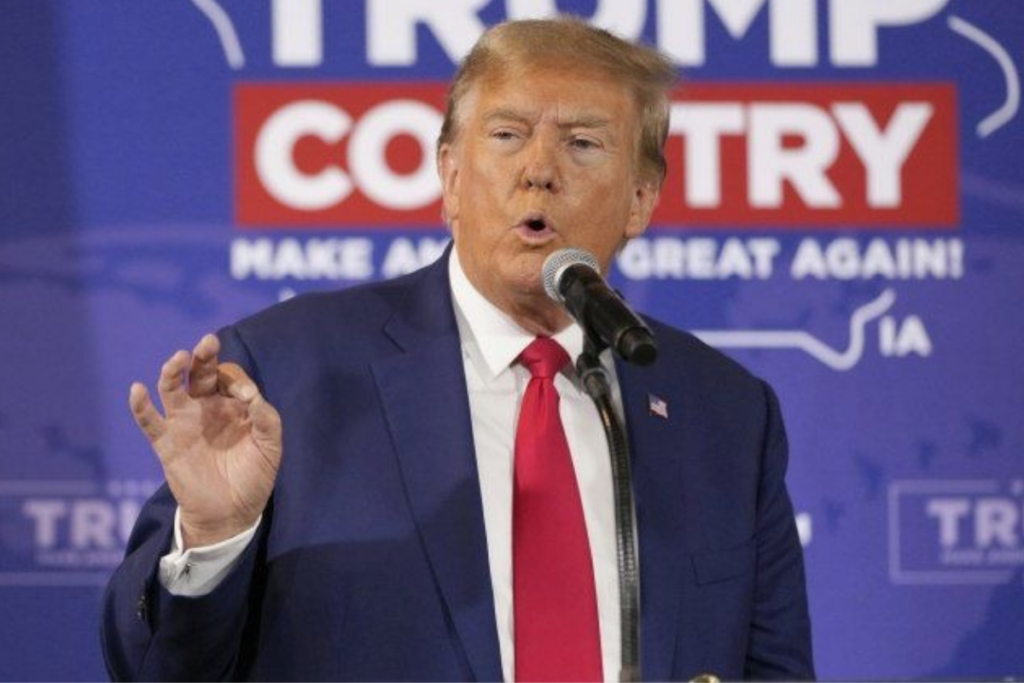
Source: TODAYShow/Pinterest
Jordan Libowitz, the communications director at Citizens for Responsibility and Ethics in Washington, explained something. He explained that the issue of excessive donations shouldn’t be a significant problem to begin with. This is because JFCs usually assess donations beforehand to identify potential breaches of contribution limits.
What is Expected of JFCs?
According to Libowitz, JFCs are expected to review contributions, obtain written consent, and adjust the distribution of funds to prevent exceeding limits in accordance with FEC regulations.

Source: Watsondeutschland/Pinterest
Addressing excessive contributions is one of the clear procedures outlined by the FEC on its website. While guidance specific to joint fundraising is limited, regulations require both the JFC and participants to screen all contributions thoroughly to ensure compliance with contribution limits. Furthermore, disclosure of refunds is compulsory for all committees, regardless of the refund amount.
“Money is Fungible”
Furthermore, disclosure of refunds is compulsory for all committees, regardless of the refund amount. Libowitz pointed out that the Trump campaign seems to have operated under the principle “Money is fungible.”
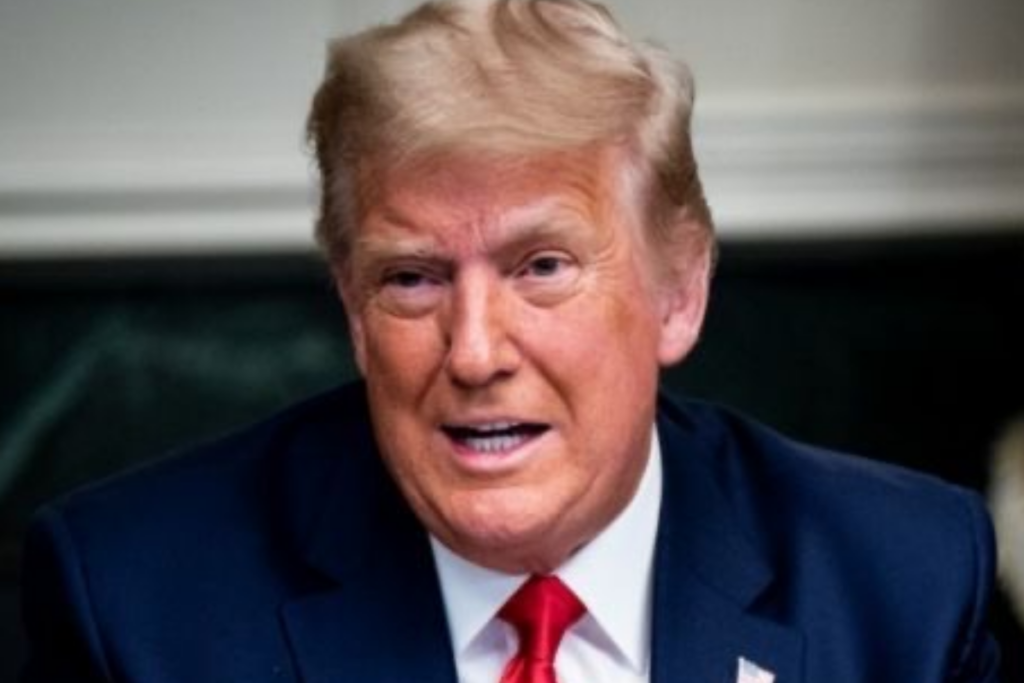
Source: Perfil.com/Pinterest
However, he highlighted that their approach poses a significant issue. According to him, it’s not feasible to accept $9,900 from one donor and $3,300 from another and then claim that $6,600 was received from each donor.
Biden Campaign’s Strategy to Address Trump’s Critics on Age
Campaigns often struggle with the challenge of excessive donations, a phenomenon evident across various political fronts. Despite raising less money than Donald Trump, other primary opponents, including Ron DeSantis and Nikki Haley, returned significant sums of money.
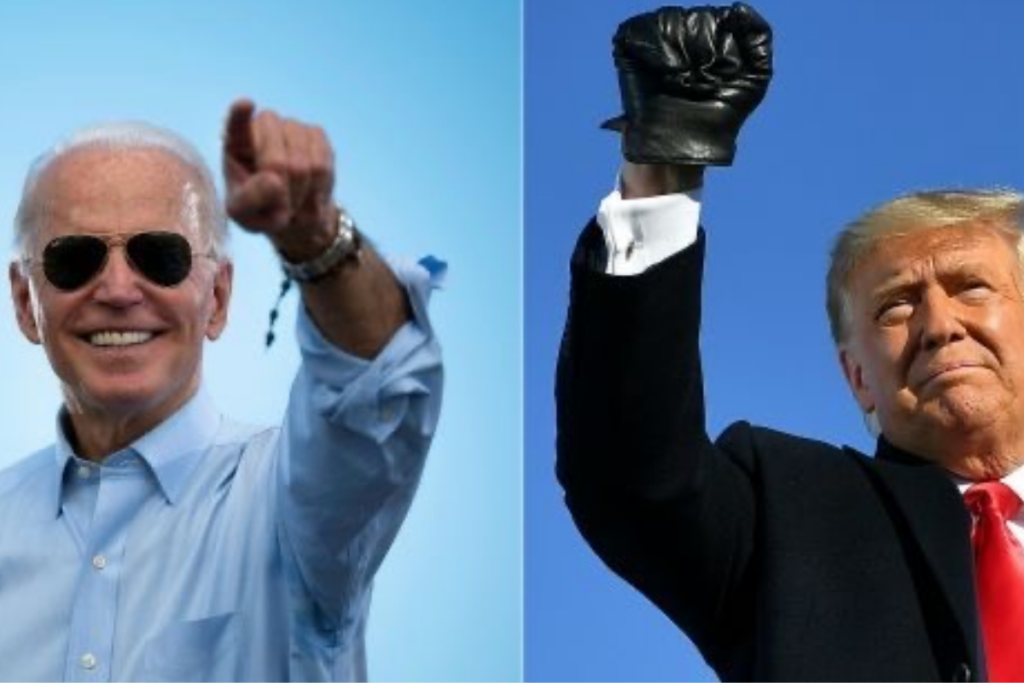
Source: Perfil.com/Pinterest
They each returned about $535,000 and over $260,000, respectively. Notably, even candidates who dropped out of the race had higher refunds than Trump did.
Comparing Rates of Refund
Candidates, like Tim Scott, Chris Christie, and Mike Pence, issued higher refunds compared to their fundraising figures. All their refunds collectively surpassed Trump’s contributions. Even independent candidate Robert F. Kennedy Jr.’s campaign returned approximately $485,000 to donors.
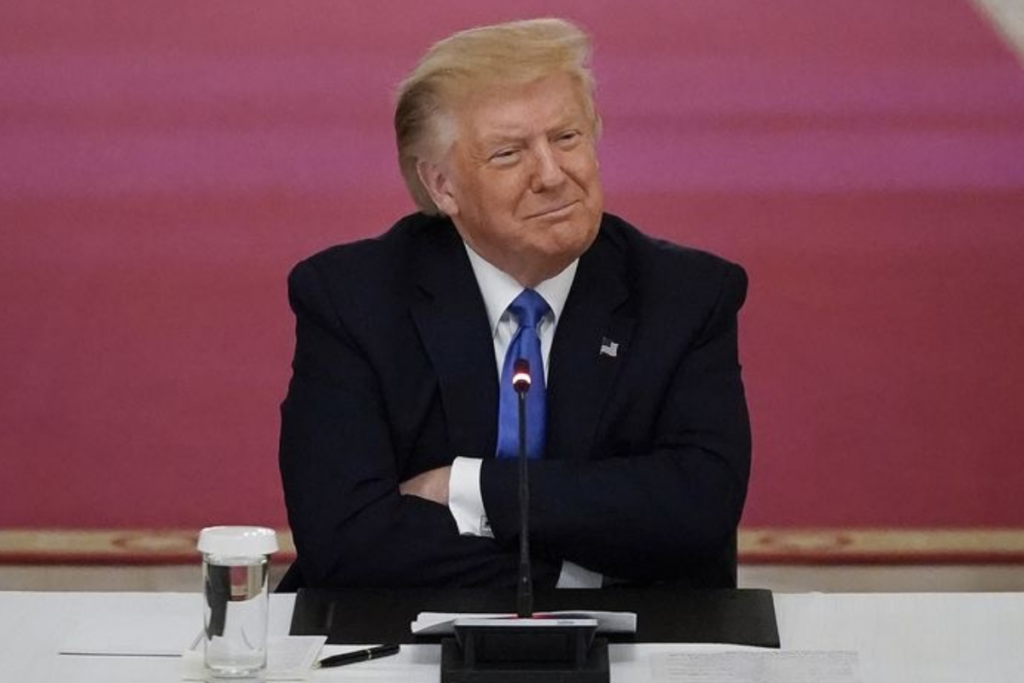
Source: EsquireItalia/Pinterest
The Federal Election Commission (FEC) makes sure to notify committees about impermissibly large contributions discovered during standard reviews.
An Important Political Measure
Last year, the FEC flagged excessive donations across all of Trump’s campaign filings, with the last quarterly report alone comprising a 286-page list of donors who exceeded permissible limits. These donors collectively contributed nearly $470,000, though this amount constitutes only a portion of the excess donations identified.
However, it extends beyond mere disclosure; campaign refunds also serve as a crucial political measure.
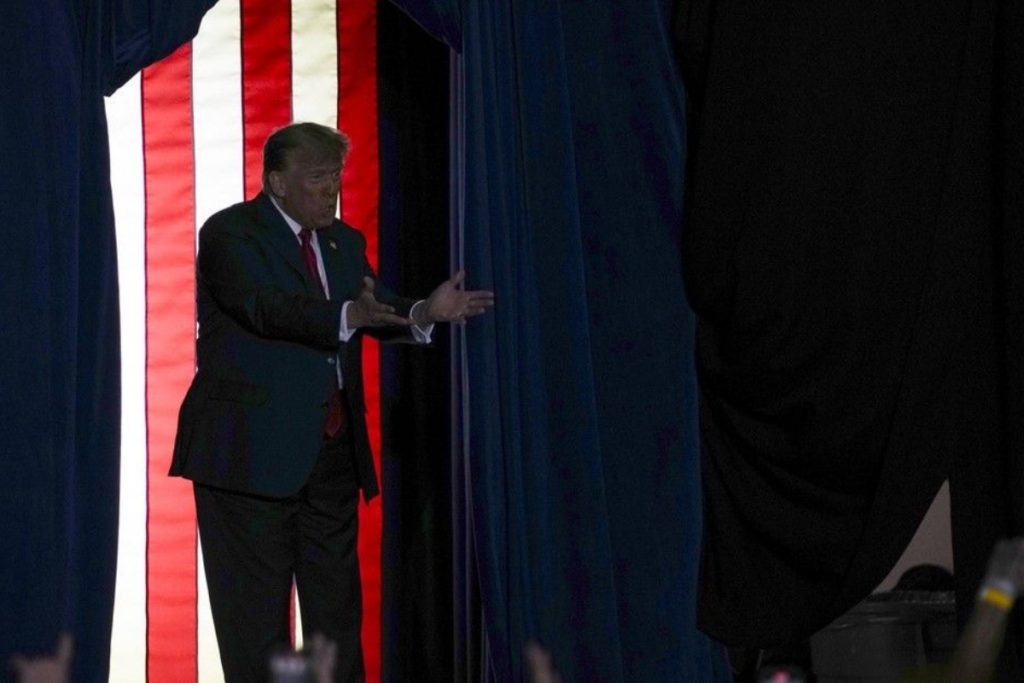
Source: Watsondeutschland/Pinterest
High refund rates can indicate donor burnout. It will indicate that a campaign has maxed out its reliable supporters and might face financial trouble if it can’t secure other funding.
Donor Burnout
In 2020, the Trump campaign experienced small-dollar donor burnout. This, along with overspending, resulted in a significant cash deficit compared to Biden’s campaign.
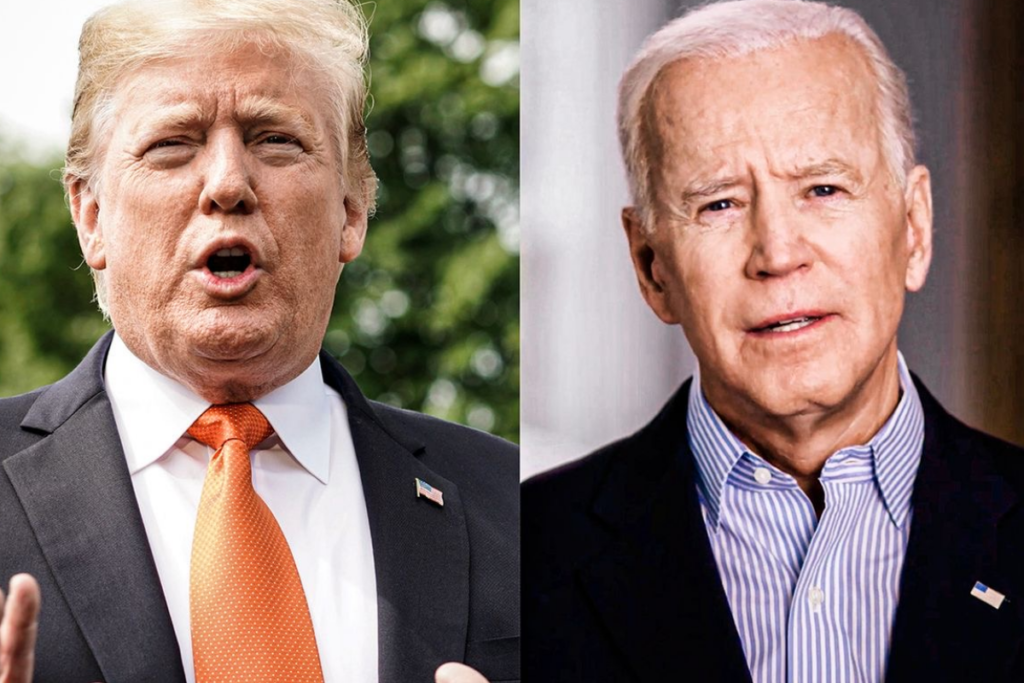
Source: PortalMinas/Pinterest
Both Trump and Biden are facing financial challenges, part of a national political recession. Recent reports highlight Trump’s excessive legal spending and dwindling donations. These actions are raising concerns about sustaining financial support for the election.
Speculations
Critics are speculating about Trump’s campaign finances. They are questioning whether they are holding onto money unlawfully. The campaign seems to be using creative accounting techniques to minimize reported refund rates. They are possibly doing this by exploiting regulatory loopholes without violating campaign finance laws.
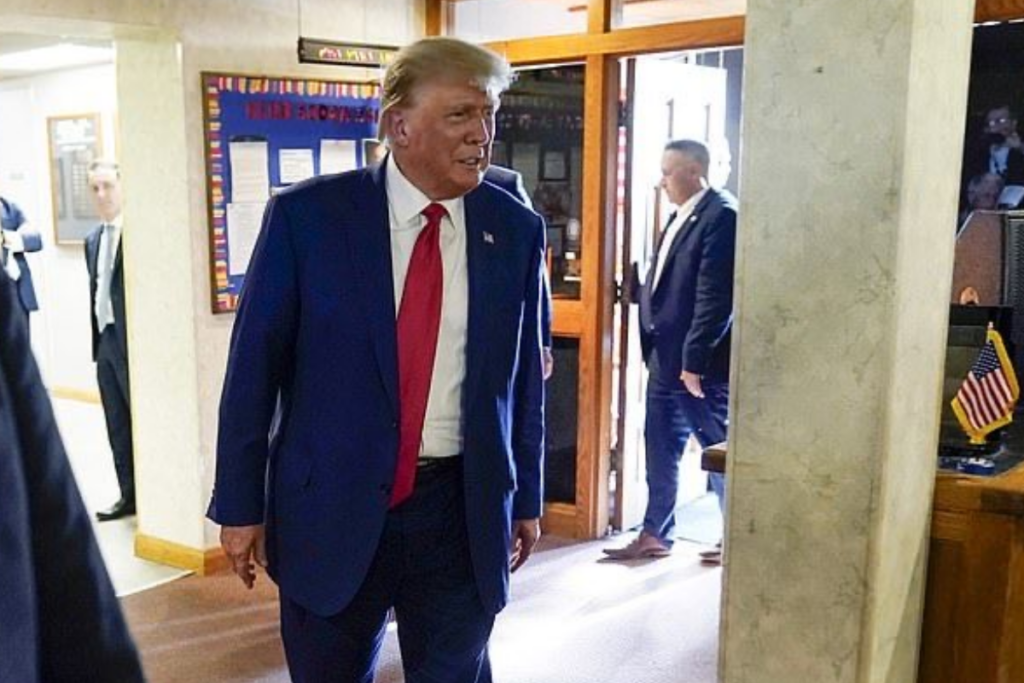
Source: WhatsNew2Day/Pinterest
Trump’s strategy involves joint fundraising committees, which collect and allocate donations among participating campaigns. The FEC flagged numerous contributors who exceeded donation limits. This happened with the campaign stating that most contributions were returned for proper allocation.
Why Trump is Exploiting a Campaign Loophole with Cash Pile Strategy
Trump’s campaign promised to detail all refund actions in future reports, with only one refund reported so far.
One donor gave directly to the campaign, while 68 others did not. However, some excessive donations seem to have disappeared from FEC data.

Source: TrendMagazin/Pinterest
The campaign hasn’t responded to the latest FEC notice, which flagged more donors exceeding limits.
Unlike Biden and Haley JFCs, Trump’s setup exclusively benefits him, splitting donations 90/10.
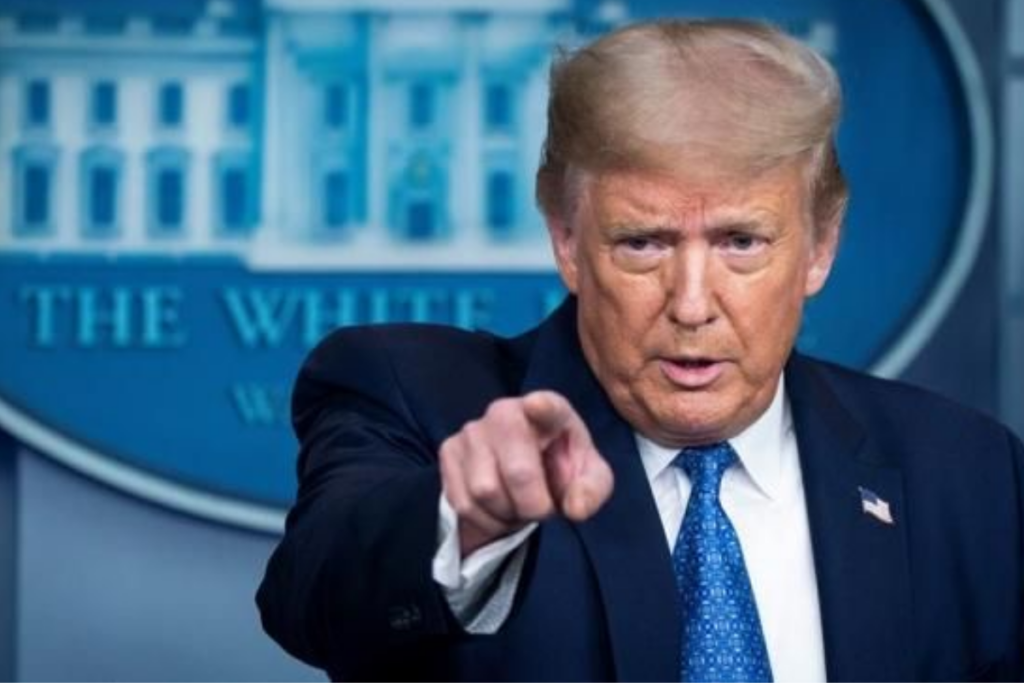
A Questionable Refund System
This raises questions about Trump’s refund system and recurring donations, which are criticized for squeezing cash from donors unknowingly.
Source: Merca2.0
For instance, one donor surpassed the primary campaign limit but continued monthly contributions. Despite maxing out, the JFC kept transferring funds to the campaign’s primary election account. The campaign benefits from holding onto money to collect interest, unlike Trump’s joint fundraising committee, which doesn’t report interest income.

